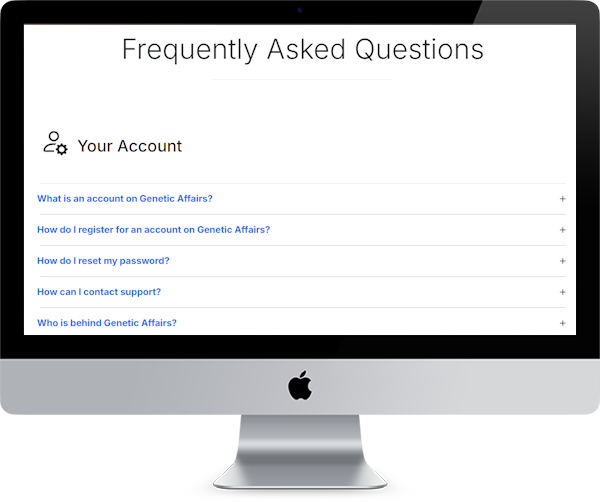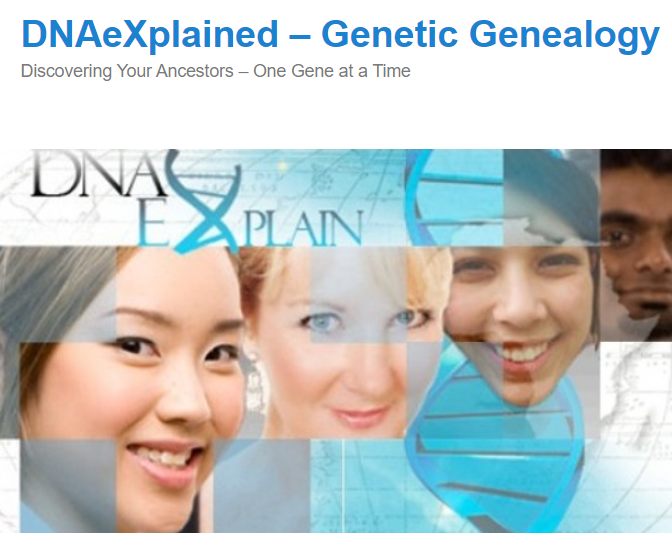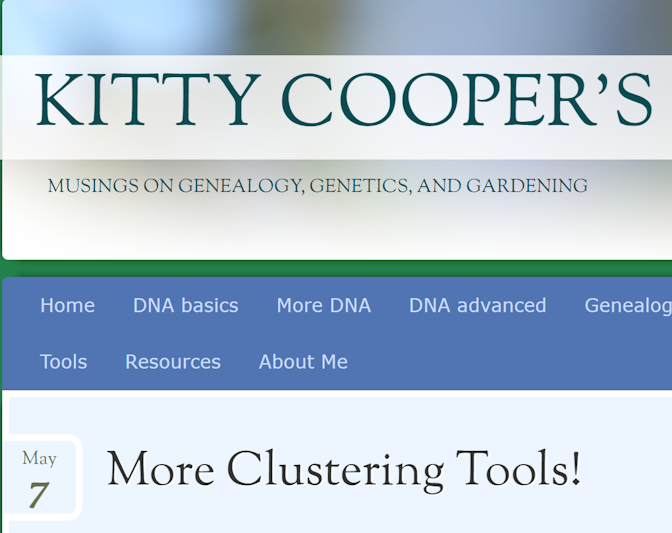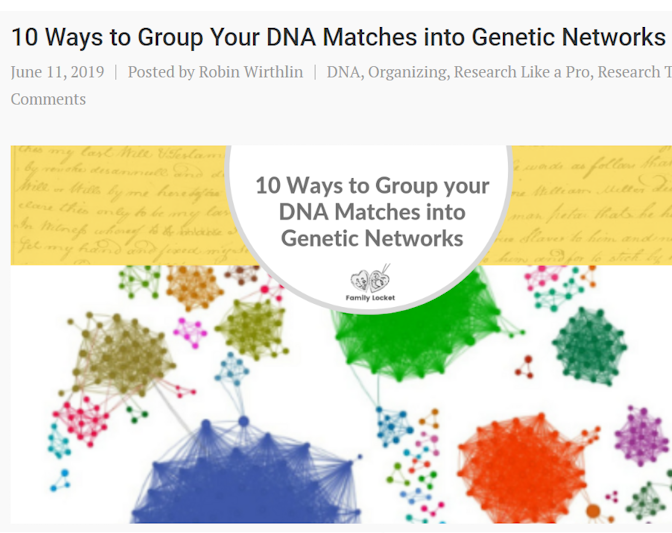AutoTree
Identifies common ancestors (MRCAs) by analyzing family trees from DNA matches.It then reconstructs genealogical trees, helping users trace relationships and uncover potential family connections.
Key Features

Based on AutoCluster
AutoTree works in conjunction with the AutoCluster tool, organizing DNA matches into shared match clusters. Each cluster typically represents an ancestral branch, and the tool analyzes the trees of members within these clusters to find shared ancestors.
Finding common ancestors
First, all tree persons in available trees (trees linked to DNA matches as well as an optional tree linked to the tested person) are examined for shared surnames. Second, surname clusters are examined for similar first names followed by a clustering performed using the birth and death years.
Reconstructed genealogical trees
Based on the common ancestors, sorted by age, genealogical trees are generated for matches linked to each cluster. At the right side of every tree branch, the DNA matches are displayed. These are also visualized using a color gradient, to spot the high cM matches more easily. Tree persons linked to the profile that is analyzed can also be integrated in this visualization, however, a tree is not needed for the AutoTree analysis. The tested person is displayed in green.

Overlay of common ancestors
If a tree is available for the tested profile, an overview is created that will show how many DNA matches are linked to each of your direct ancestors. The initial overview will only show a couple of generations but you can also view more generations.
Y-DNA and mtDNA
An addition to the AutoTree feature is the ability to analyze shared common ancestors in trees of Y-DNA or mtDNA matches. In addition, trees from autosomal matches are also added to the analysis, and in some extreme cases, you will obtain a common ancestor with some Y-DNA matches and autosomal matches as well. To improve the identification of the maternal/paternal line in the trees, blue and pink visualizations are used.

Start AutoTree analysis
An automated AutoTree analysis is available for FTDNA profiles. To start the analysis, first select FTDNA profile of interest. Next, select the AutoTree option. Set parameters, and start analysis The results are retrieved by e-mail or downloaded from our site.
AutoTree examples
Explore some visualizations created by the AutoTree tool.How to get started*
*A fully automated AutoTree works exclusively with FamilyTreeDNA profiles.
Availability across different companies
Compare the availability and features of the AutoTree tool across five major genetic testing companies.FTDNA
- Automated retrieval supported
- Alternatives: AutoLineage
23andme
- not supported
- Alternatives: AutoLineage
Ancestry
- not supported
- Alternatives: AutoLineage
MyHeritage
- not supported
- Alternatives: AutoLineage
GEDmatch
- Automated retrieval not supported via Genetic Affairs
- Available via GEDmatch
- Alternatives: AutoLineage

Check out our AutoTree FAQ
Our AutoTree FAQ section covers everything you need to know about AutoTree


